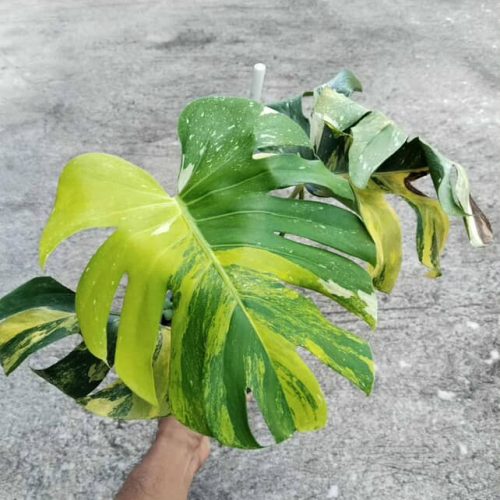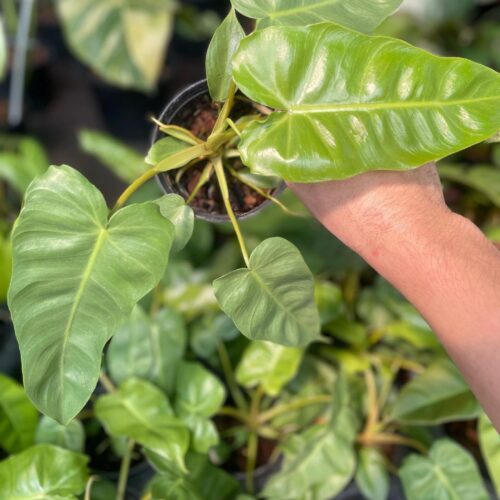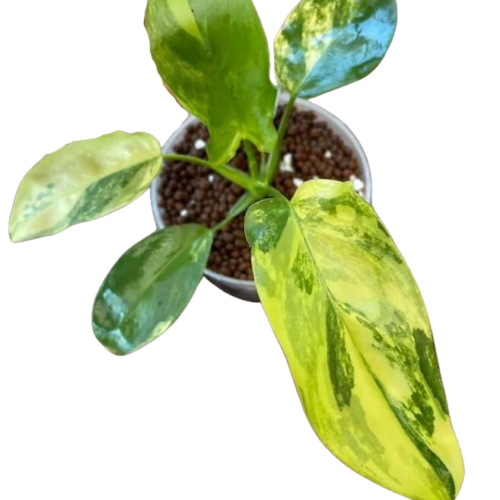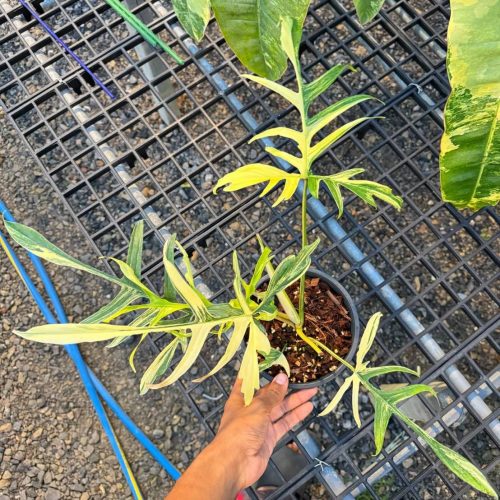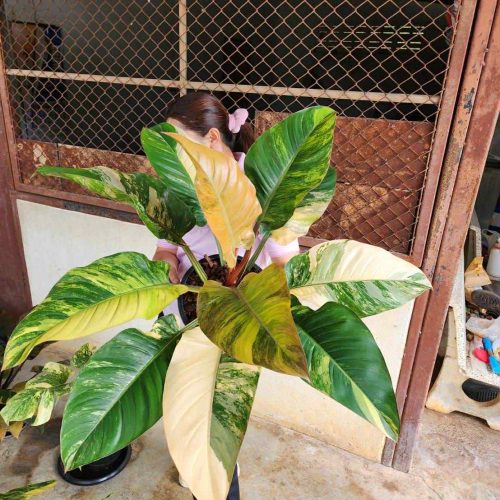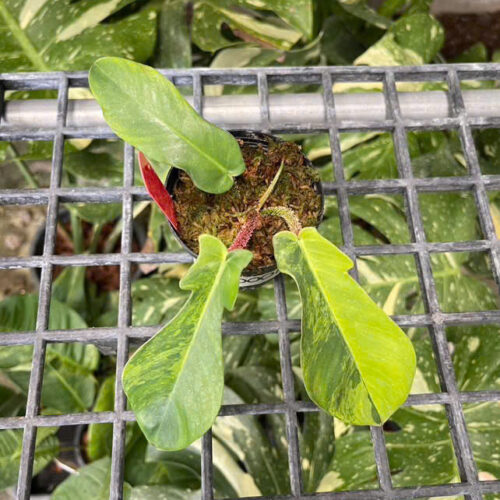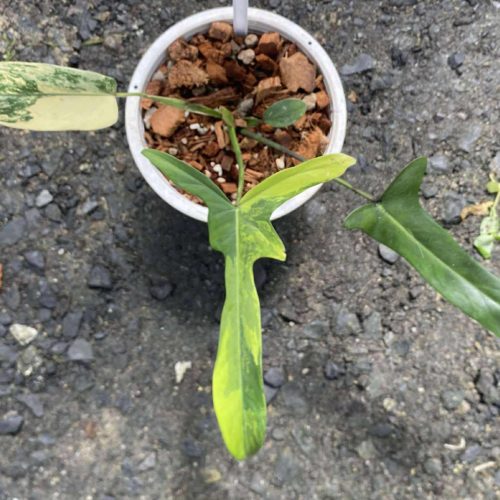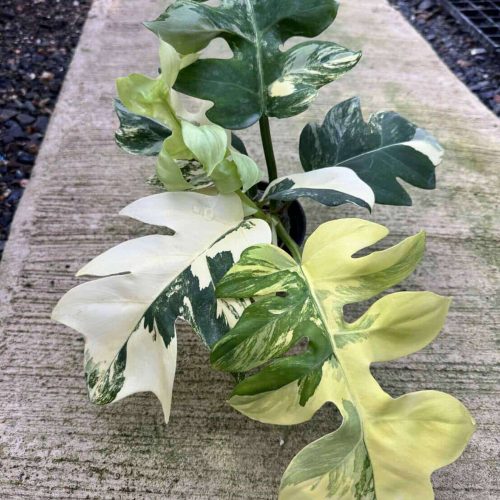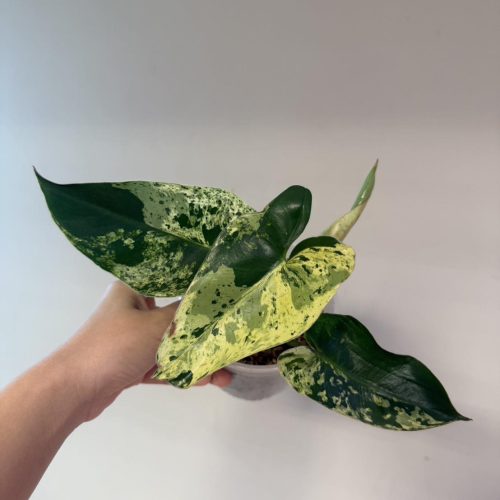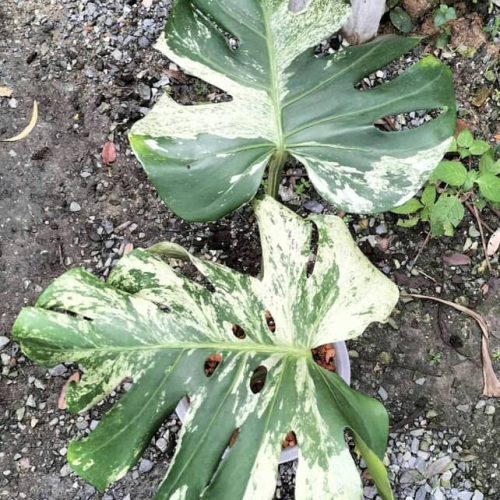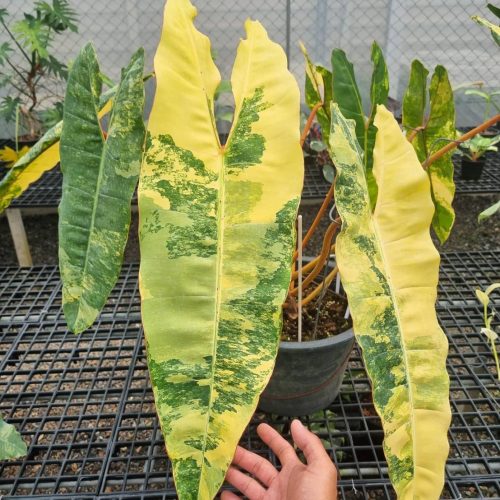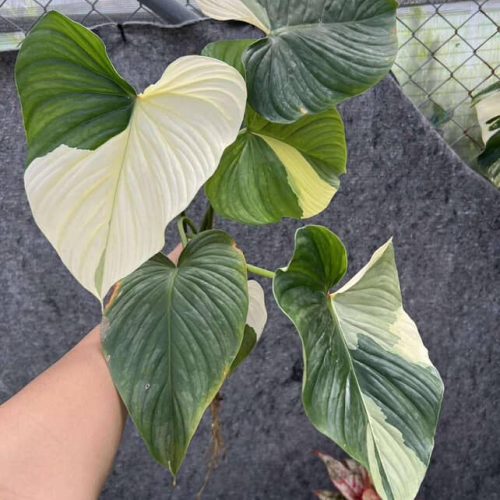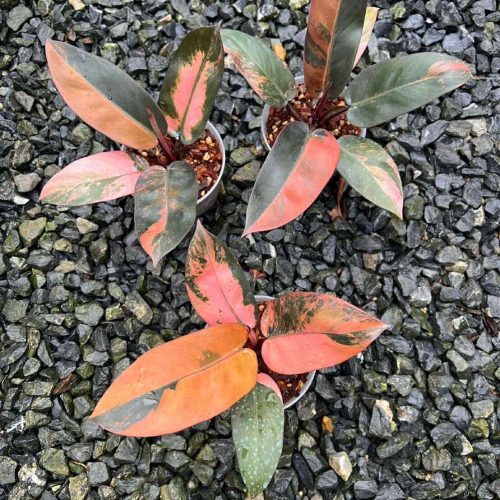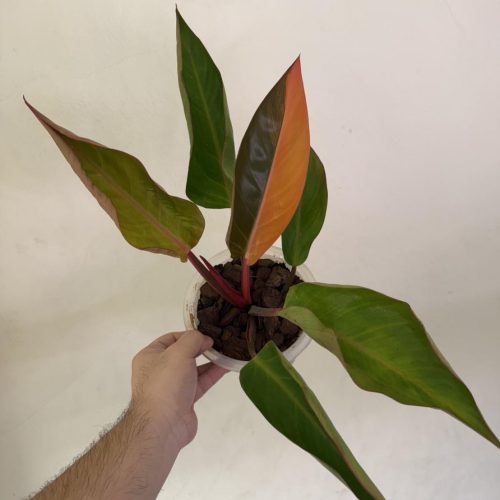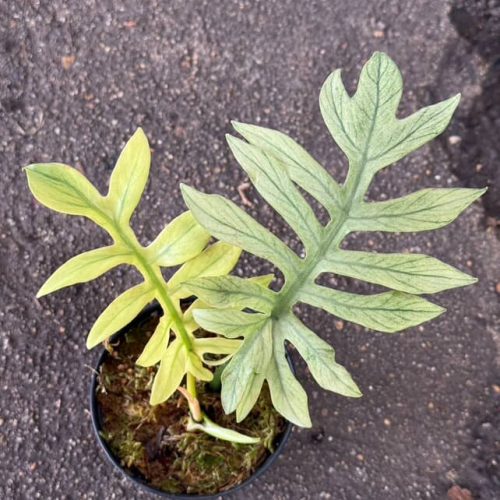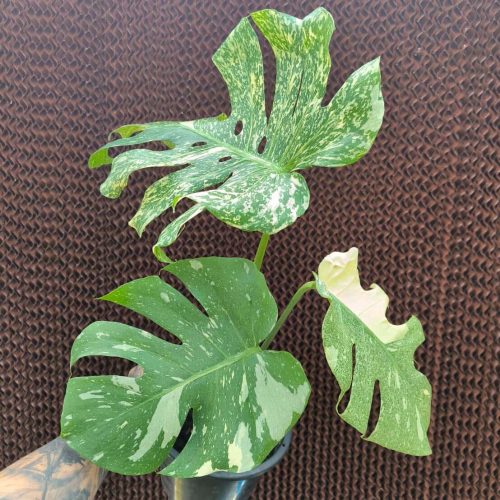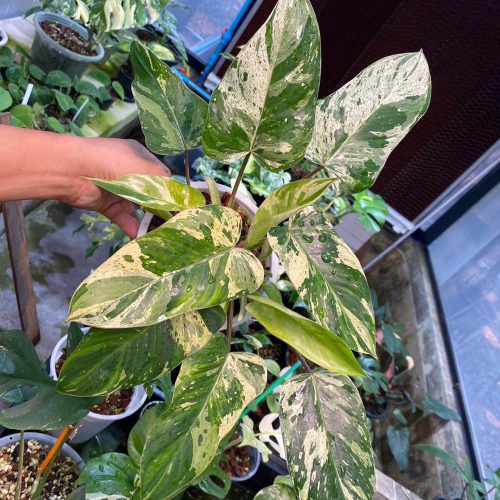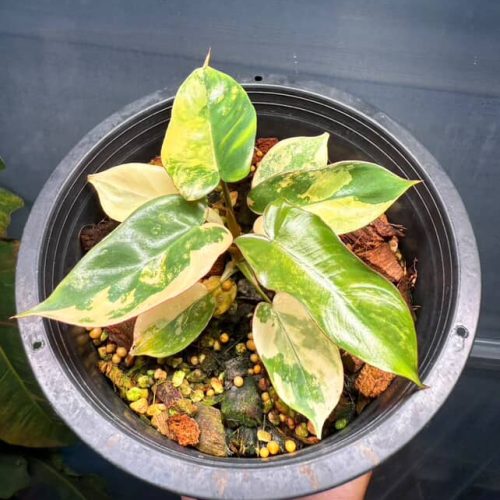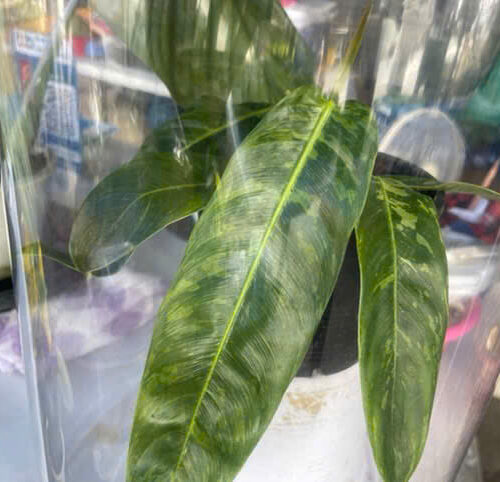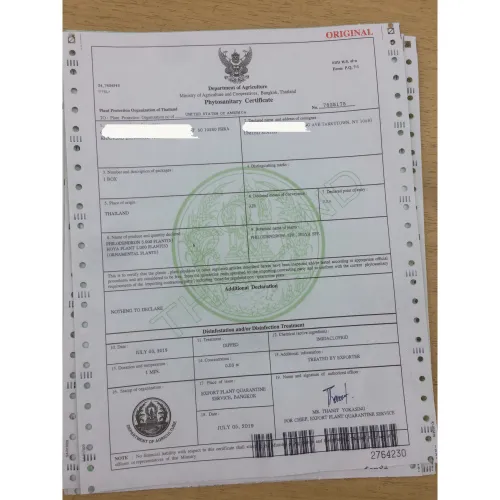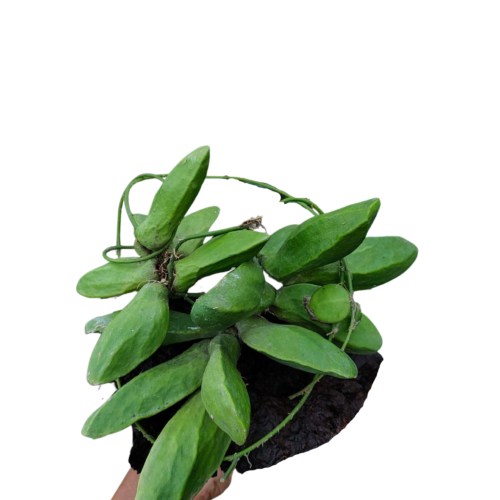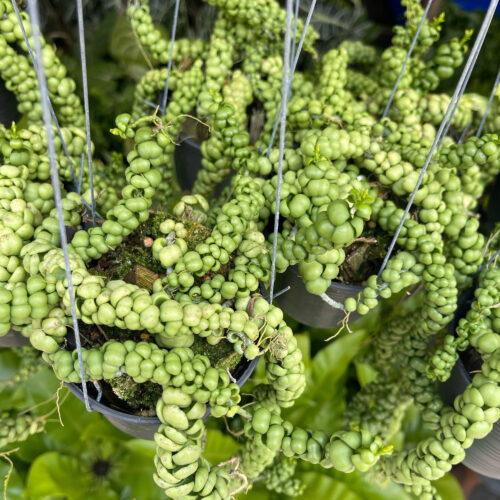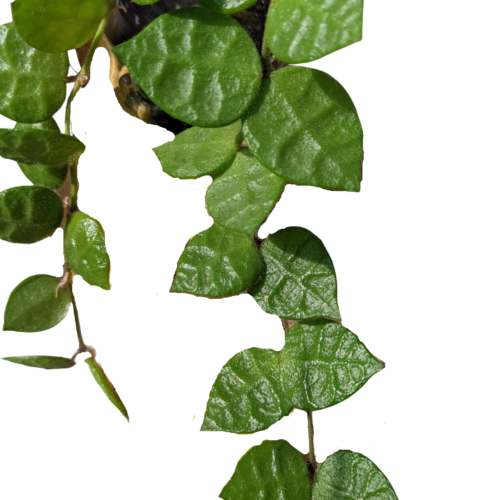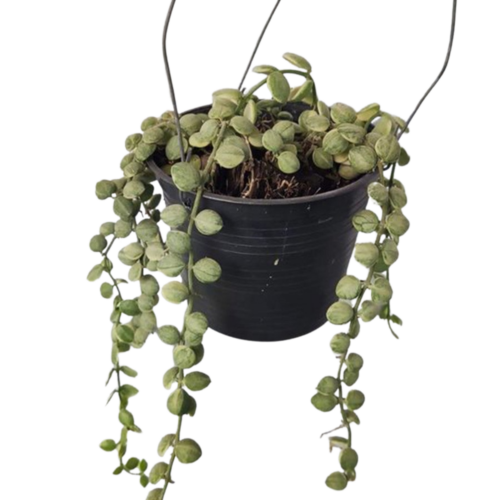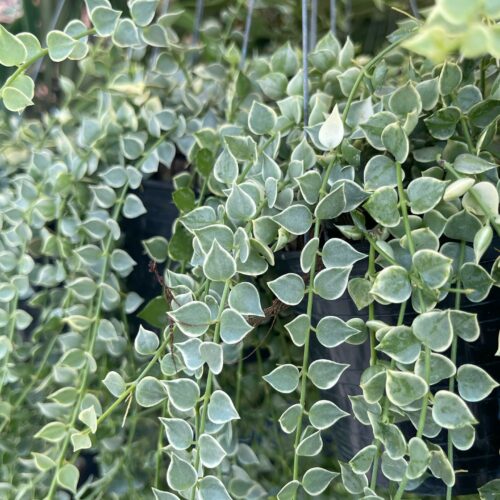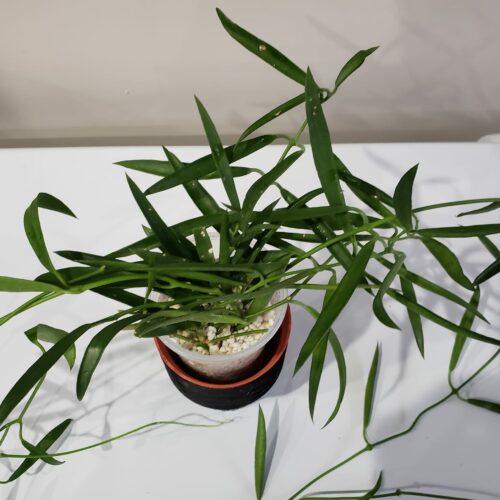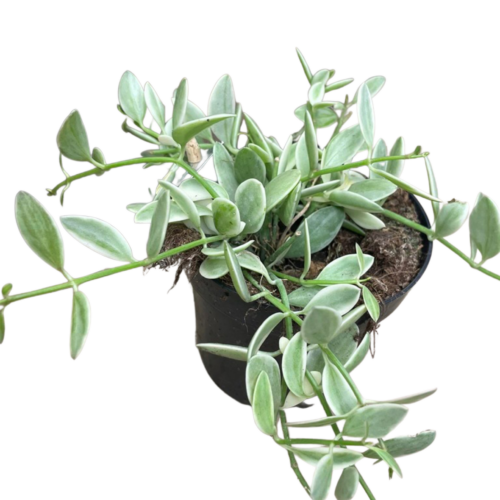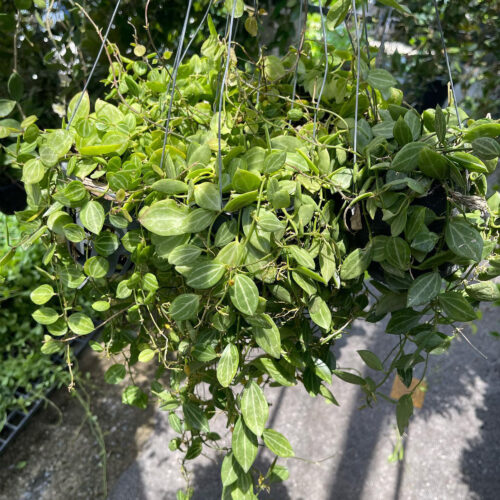The Philodendron Spiritus Sancti is a rare and fascinating plant native to the rainforests of South America. With its unique heart-shaped leaves and vining growth habit, this aroid has captured the hearts of plant enthusiasts around the world. However, there is much more to this plant than meets the eye. Here are 8 surprising facts about the P. Spiritus Sancti that you may not have known:
1. It’s Part of the Philodendron Subgenus Meconostigma
- The P. Spiritus Sancti is part of the Meconostigma subgenus of philodendrons, which contains around 50 species. Meconostigma philodendrons are characterized by their heart-shaped leaves with rounded lobes.
- This group of philodendrons is found exclusively in Central and South America. Some other members of this subgenus include P. melanochrysum and P. squamicaule.
- Meconostigma species are distinguished from other philodendron groups by the structure of their flower. Their spathe and spadix are reddish-orange in color.
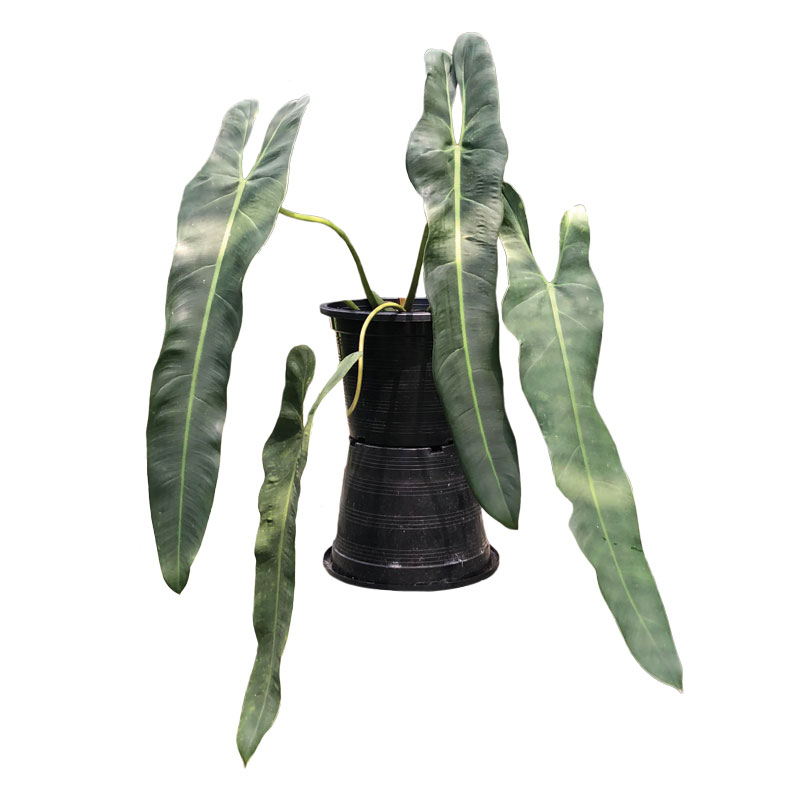
2. Its Scientific Name Refers to the “Holy Spirit”
- The species name “Spiritus Sancti” translates to “Holy Spirit” in Latin.
- It was likely given this name because of the plant’s ethereal, ghost-like leaves that seem to float in the air on long petioles.
- The pale green leaves with bold black markings along the veins do resemble flickering flames, echoing the iconography of the Holy Spirit.
- Other species in the Meconostigma subgenus also have names that reference religion or spirits, like P. angelicum (angel) and P. sanctum (sacred).
3.Native to A Small Region of Ecuador and Peru
- P. Spiritus Sancti is endemic to the upper Amazon basin region of South America.
- Its native range includes parts of southeastern Ecuador and adjacent northern Peru.
- It grows as an epiphyte on tree trunks and branches in warm, very humid rainforests in this region.
- Unfortunately, the limited natural habitat and over-collection has made this species quite rare in the wild. It has endangered status on the IUCN Red List.

“Seize the opportunity to own a rare gem – get your Philodendron Spiritus Sancti today and bring a touch of exotic elegance to your home!”
4. Requires High Humidity to Thrive
- In the tropical climate of its native range, P. Spiritus Sancti enjoys consistent humidity of 80-100%.
- Therefore, when grown indoors this plant needs a very humid environment to mimic its natural conditions.
- Low humidity can cause drying of the leaf edges and tip burn. Be sure to place it on a pebble tray or use a humidifier.
- Grouping it with other tropical plants like Monstera and Alocasia can also help boost local humidity through transpiration.
5. Has Unique Black-Marked Leaves
- The leaves of P. Spiritus Sancti are a soft pastel green color with bold black lines radiating from the central vein.
- This striking foliage markings are thought to serve as camouflage in the low light conditions of the rainforest floor.
- The black pigment is anthocyanin, the same compound that produces black colors in other ornamental plants like black dahlias.
- In most philodendrons, the leaf veins are white or green, so the black veins make this species very distinctive.

Philodendron species are the most sought after by aroid plant lovers
6. A Fast Climber but Slow Grower
- Like most philodendrons, P. Spiritus Sancti has aerial roots that allow it to climb up tree trunks and other surfaces.
- Given proper vertical support, the vining stems can grow up to 4-6 feet long. However, the leaves remain quite small.
- Even in ideal conditions, this philodendron grows slowly. The foliage may spread less than a foot per year.
- With patience though, it will fill out an impressive display on a moss pole or living wall. Give it several years to reach its full potential size.
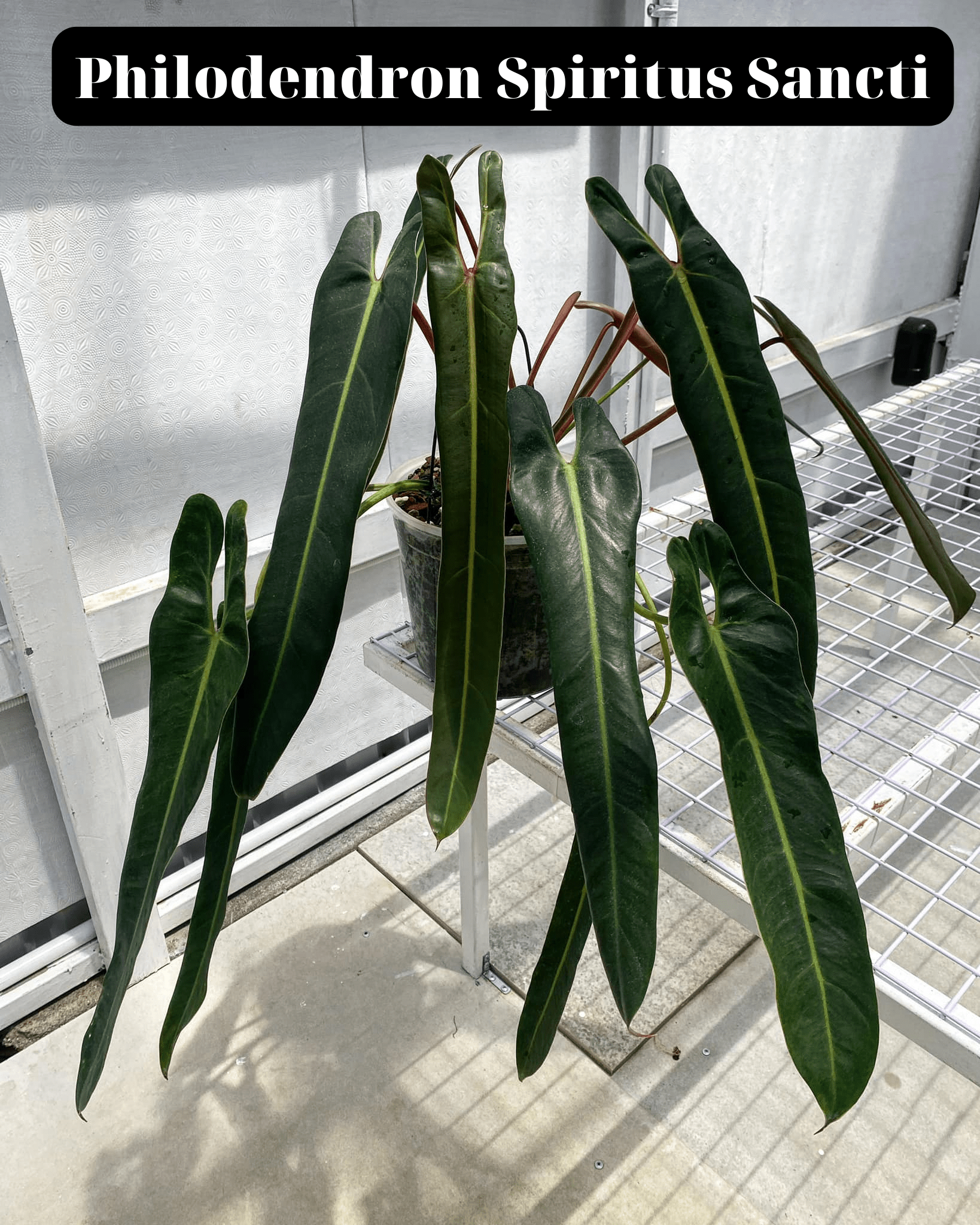
7. Rare in Cultivation
- Due to deforestation and collection pressures, P. Spiritus Sancti has become exceptionally rare in cultivation.
- It can cost between $100-$500 USD for a small starter plant. Mature specimens are difficult to come by.
- Availability is usually limited to specialty collectors. However, some varieties like ‘Black Flame’ are starting to appear in the commercial houseplant trade.
- Propagation from stem cuttings is possible but tricky. This adds to the challenge of supply for eager growers. For those interested in similar rare plants, consider the stunning Colocasia or Dischidia.
8. Threatened by Habitat Loss
- P. Spiritus Sancti has an endangered conservation status, with wild populations in decline.
- Deforestation for agriculture, logging, and grazing has decimated much of its rainforest habitat.
- It can only survive in mature, undisturbed forest. As its range shrinks, its risk of extinction rises.
- Collection from the wild for the ornamental plant trade has also put pressure on existing populations. Sustainable propagation methods are needed.
The mystic Philodendron Spiritus Sancti continues to capture the fascination of indoor gardeners with its spectral foliage and climbing growth. Yet its rarity proves that specialized species like this philodendron need dedicated conservation efforts. With care and more sustainable cultivation, plant lovers can continue to enjoy this jungle ghost for years to come.

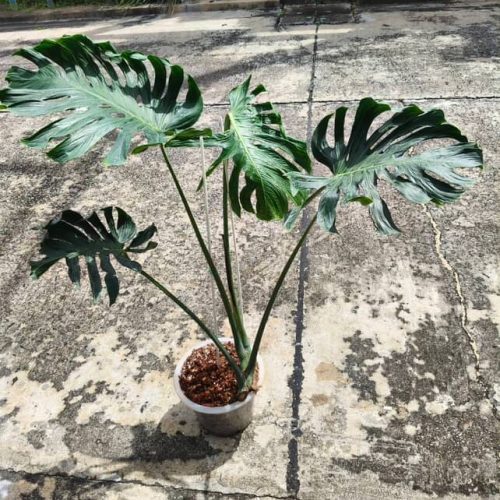
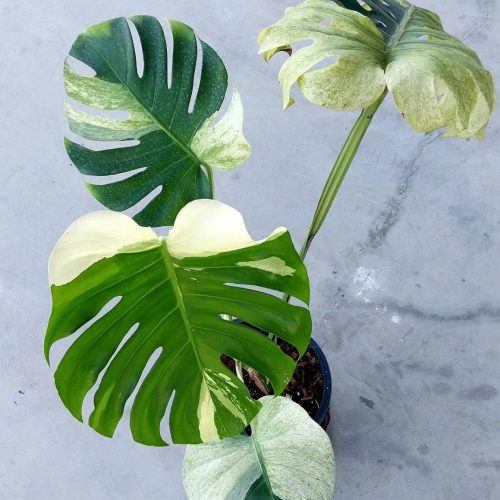



![12x Monstera Borsigiana Albo half leaves variegata [3-4 leaves]](https://greenboog.com/wp-content/uploads/2024/10/Monstera-Borsigiana-Albo-half-leaves-variegata-1-500x500.jpg)
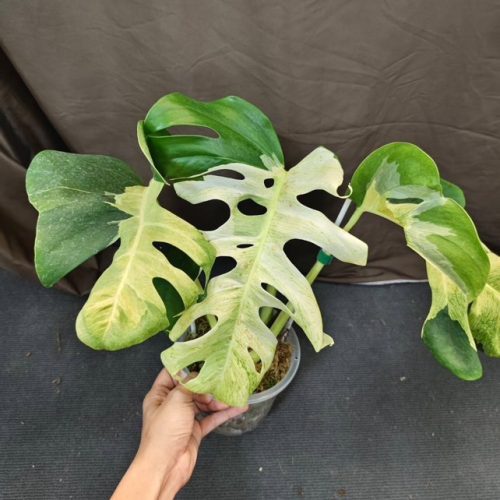

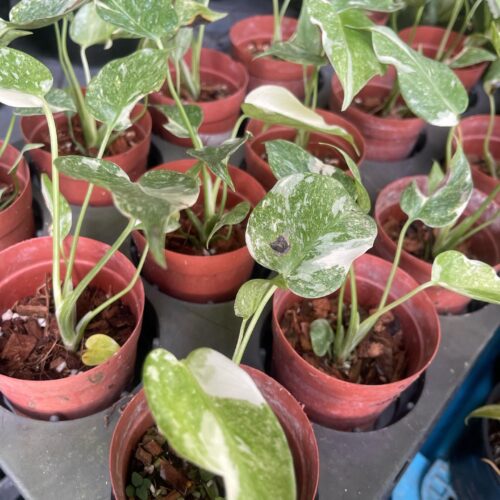
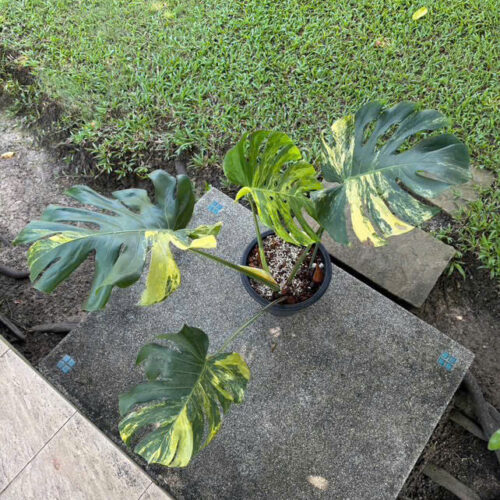
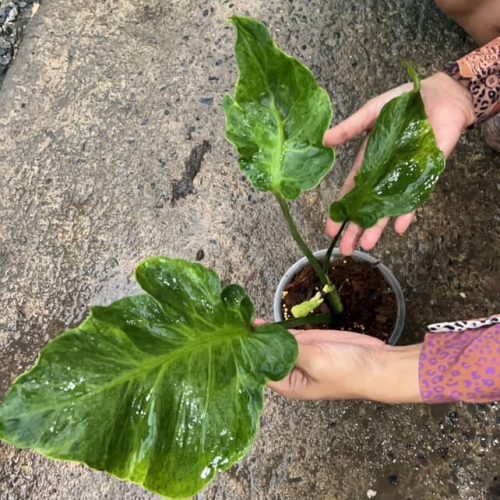
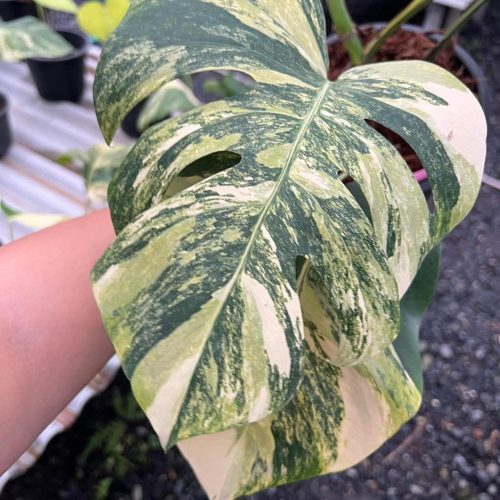

![10 Pots x Monstera Aurea Variegated / Mix Aurea tri color 3-4 leaves [well variegated]](https://greenboog.com/wp-content/uploads/2024/08/Monstera-Aurea-Tri-color-500x500.jpg)
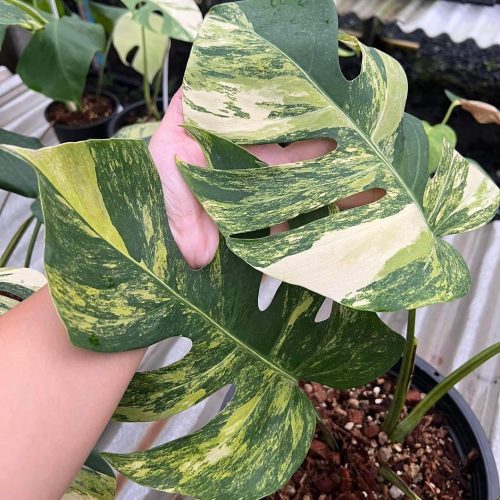
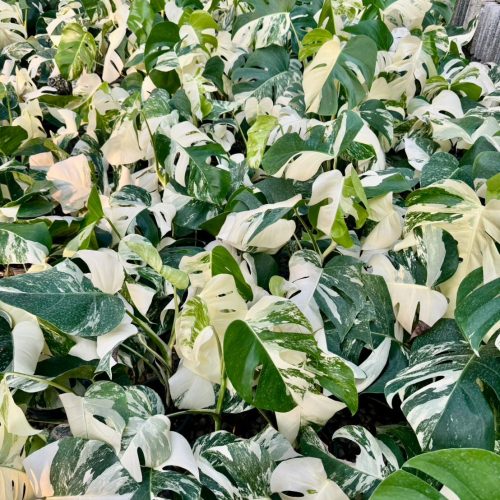
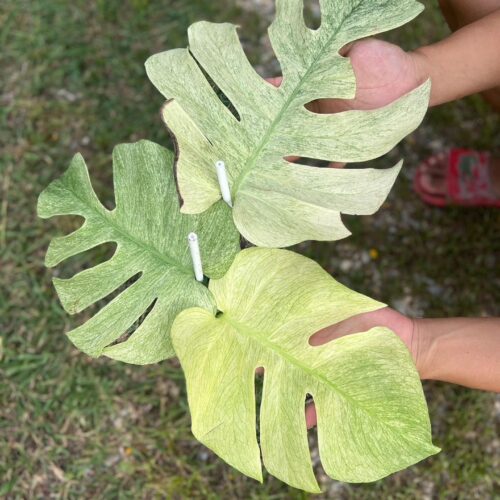
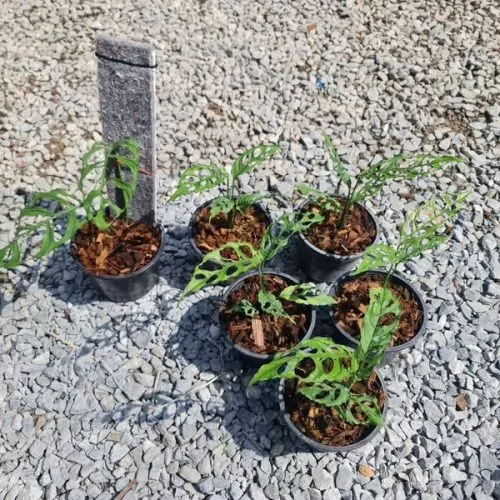
![[SALE] 10 Pots x Monstera Aurea Variegated 3-6 leaves [Medium size]](https://greenboog.com/wp-content/uploads/2025/01/Monstera-Aurea-variegated-4-6-leafs-500x482.jpg)

